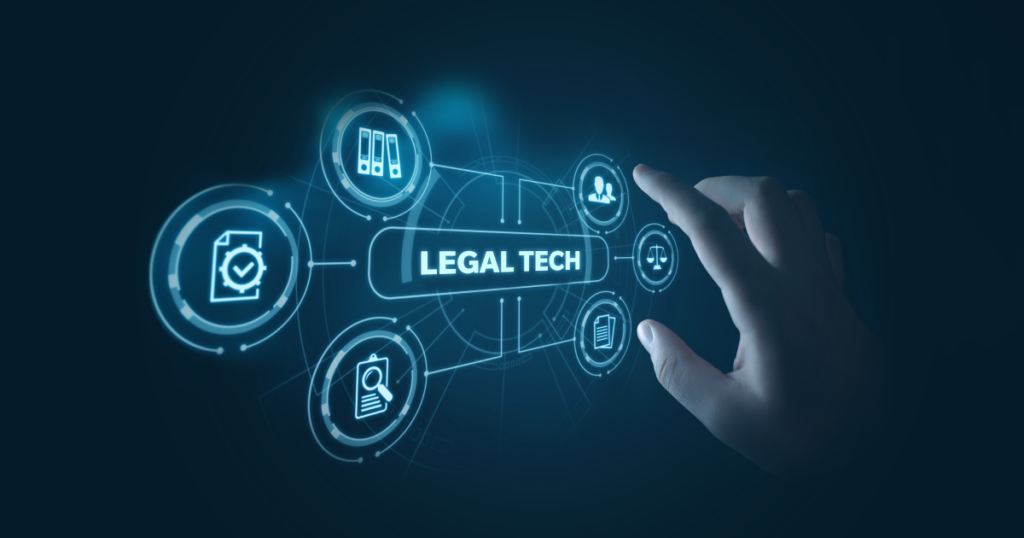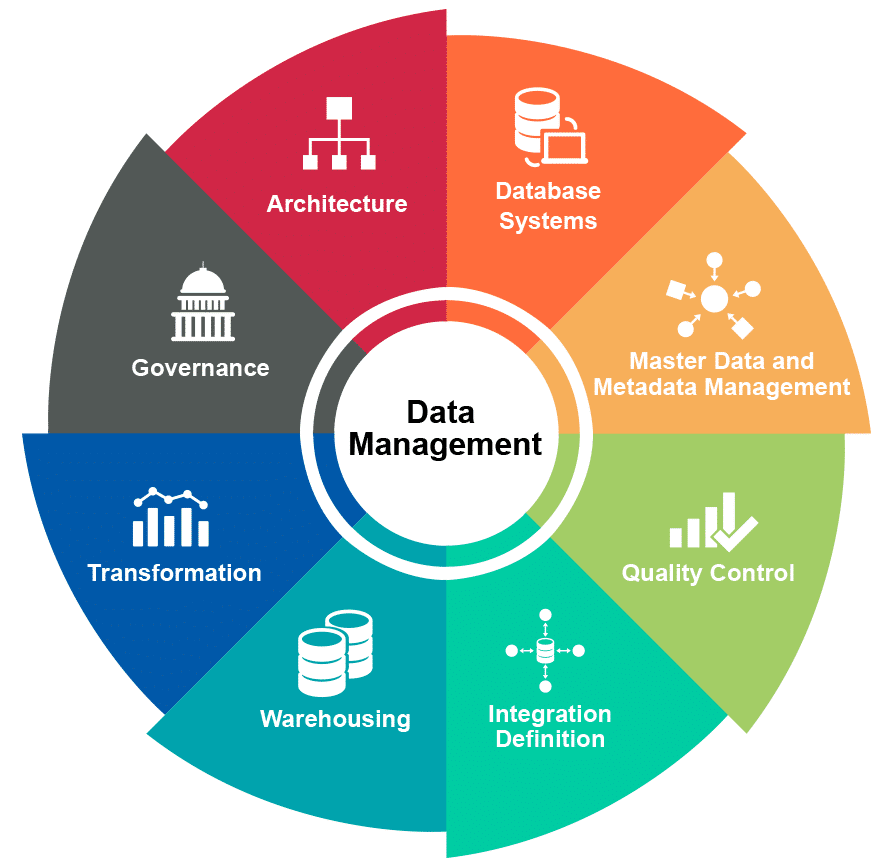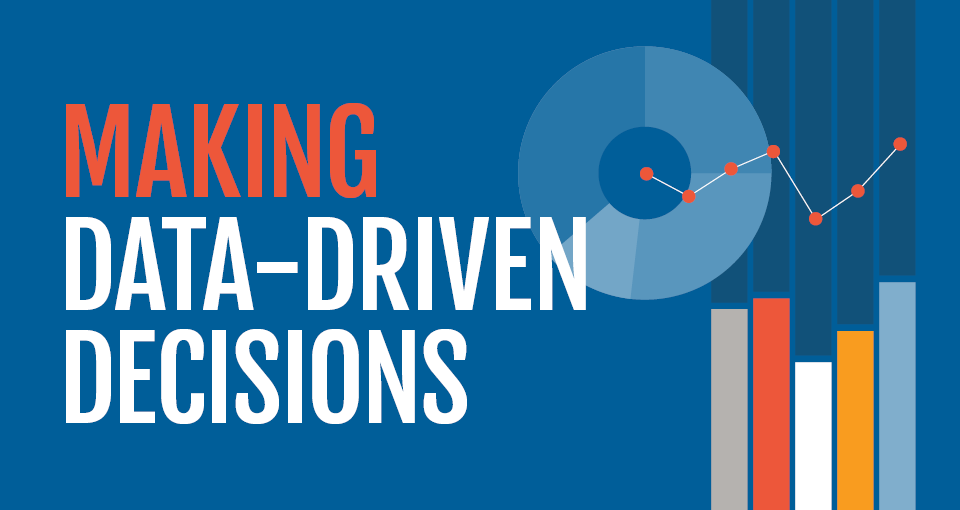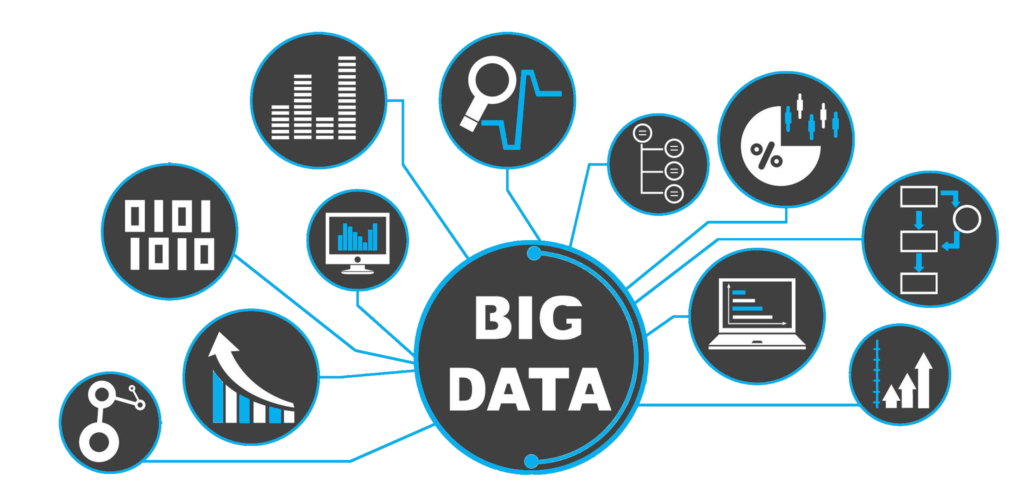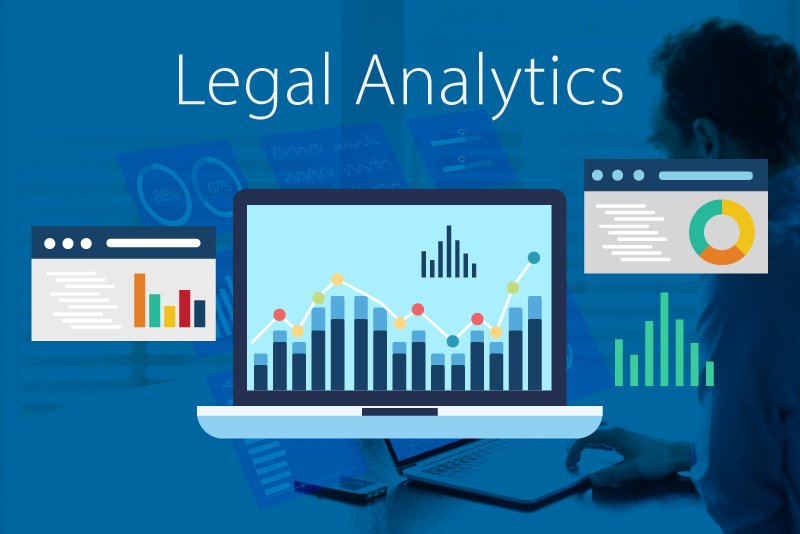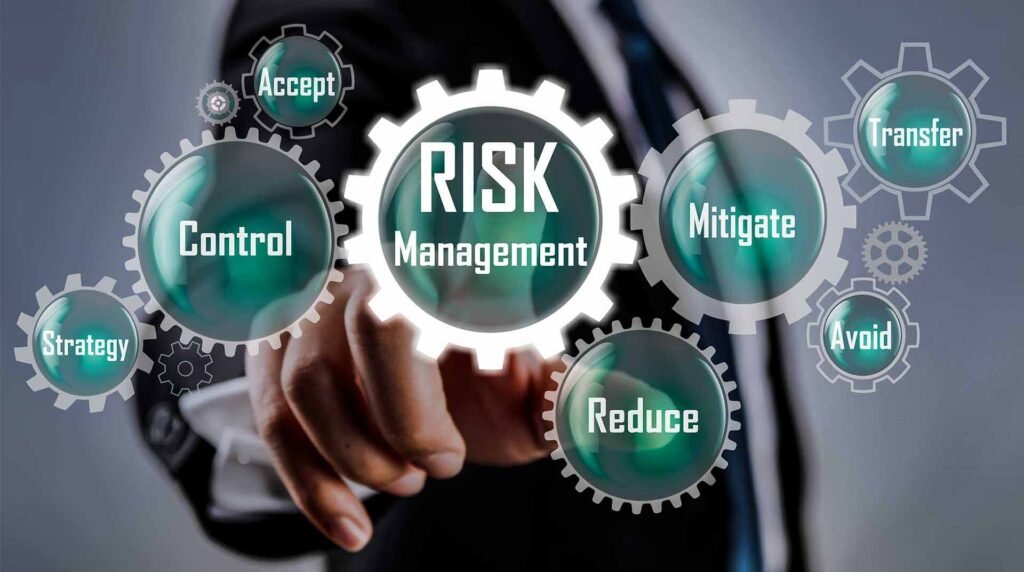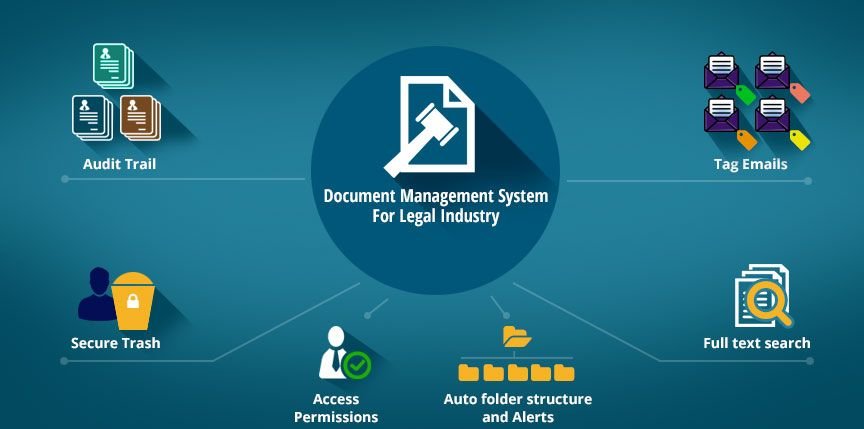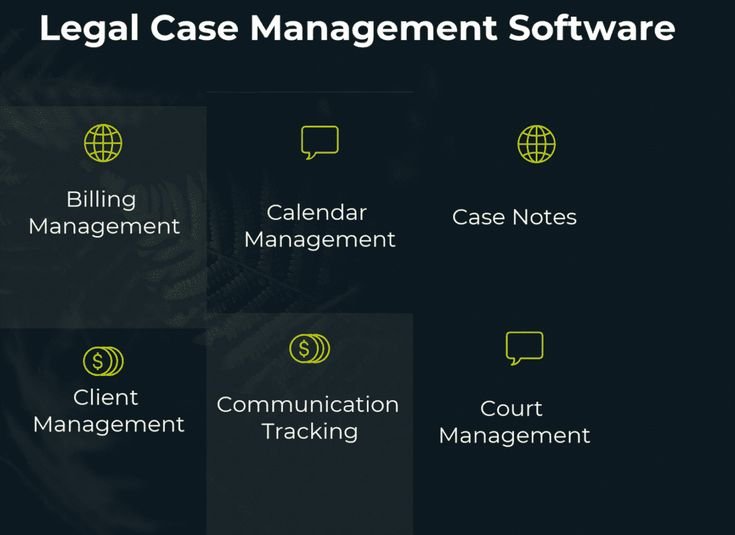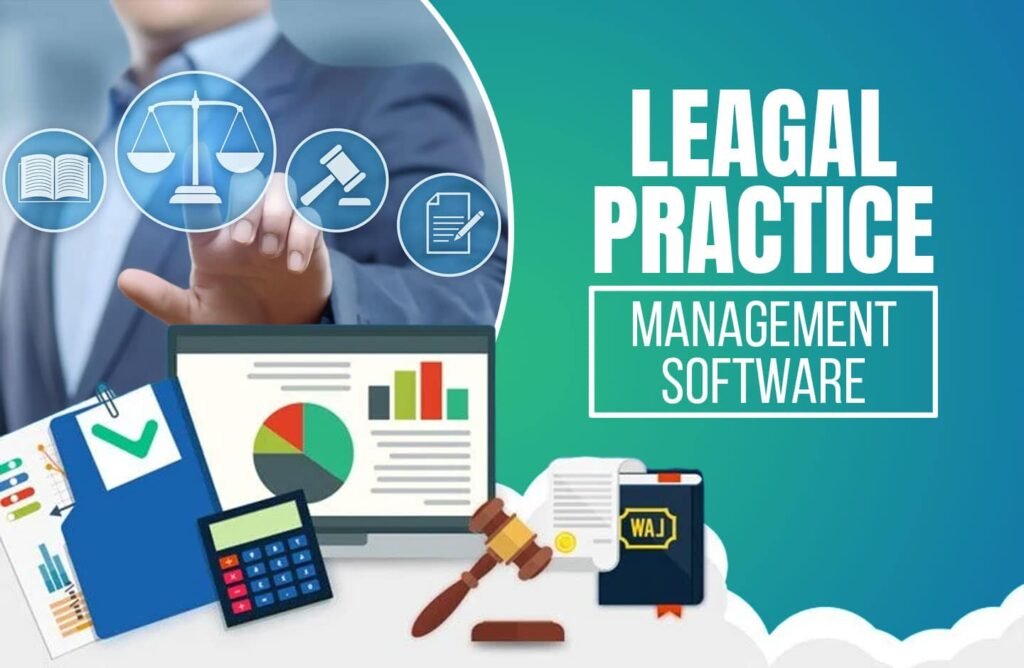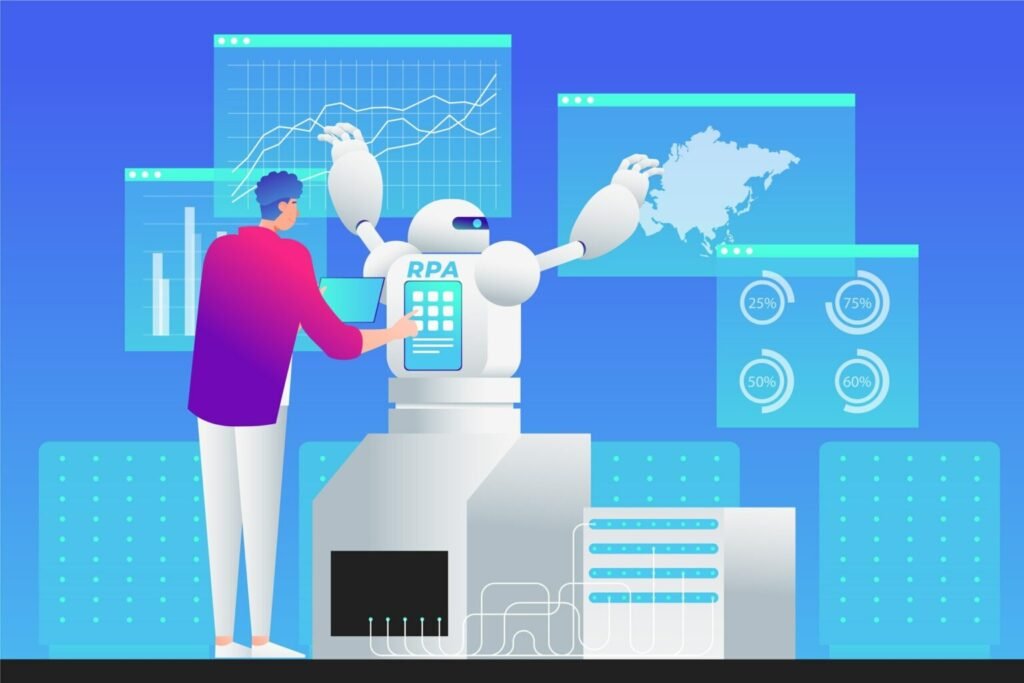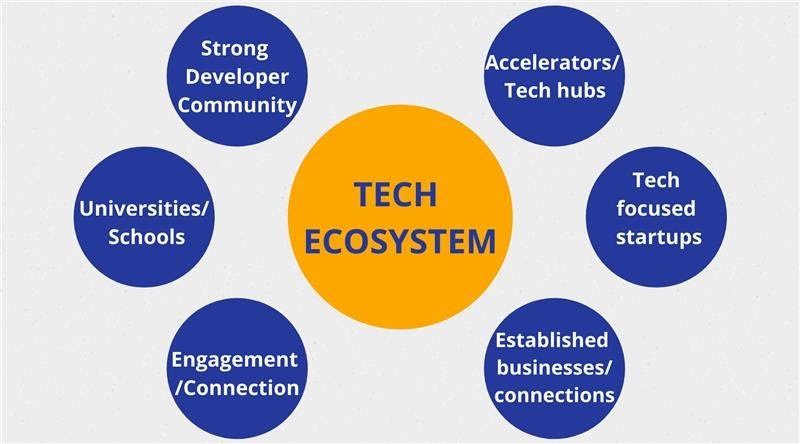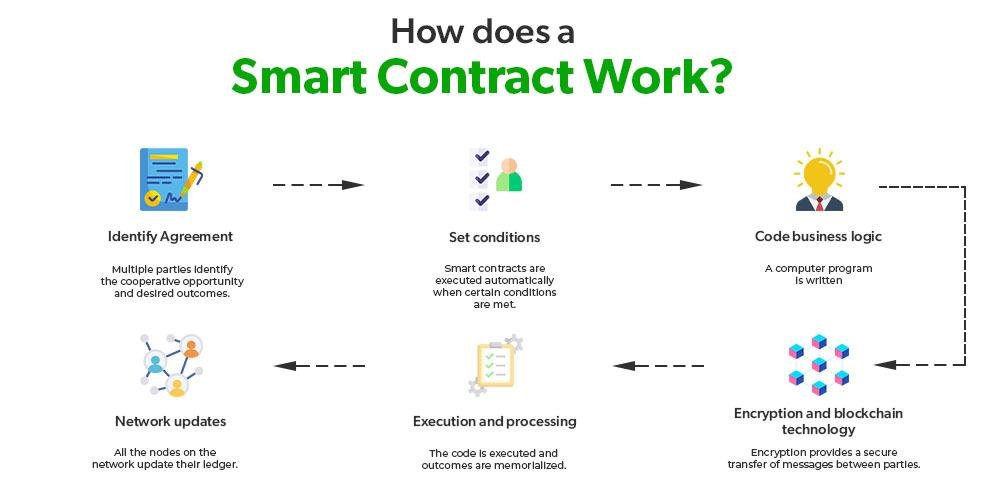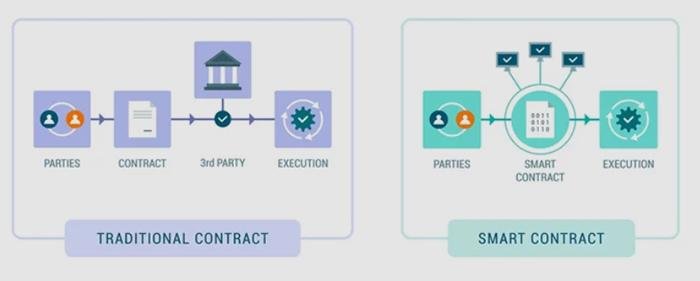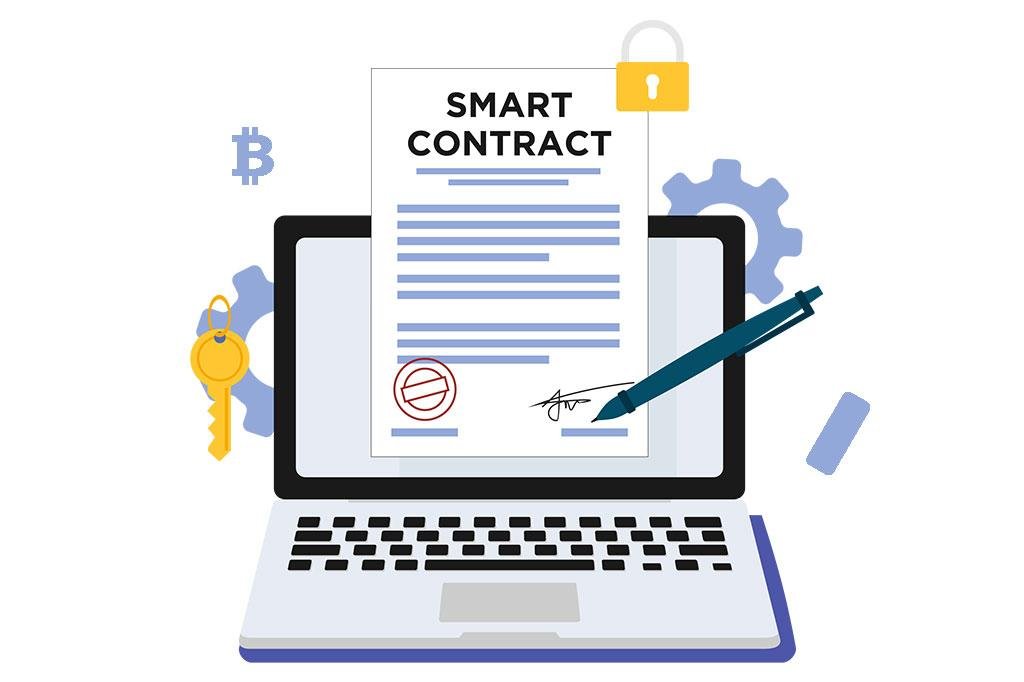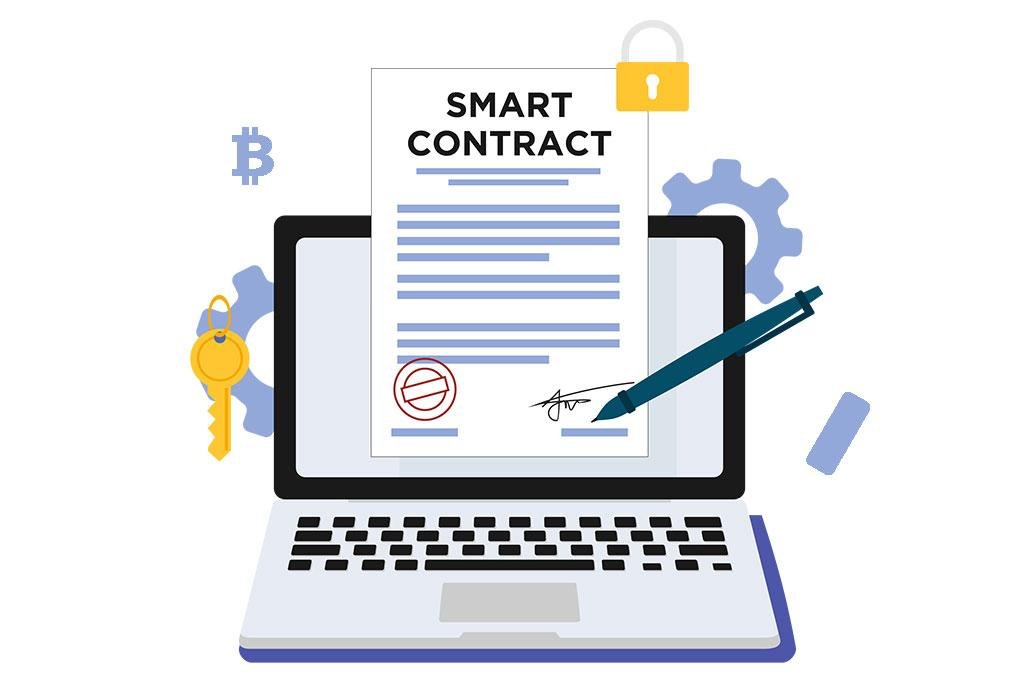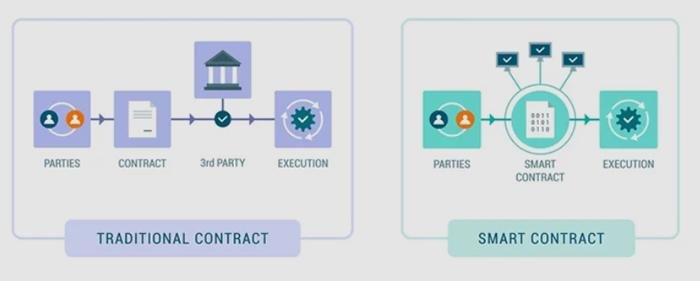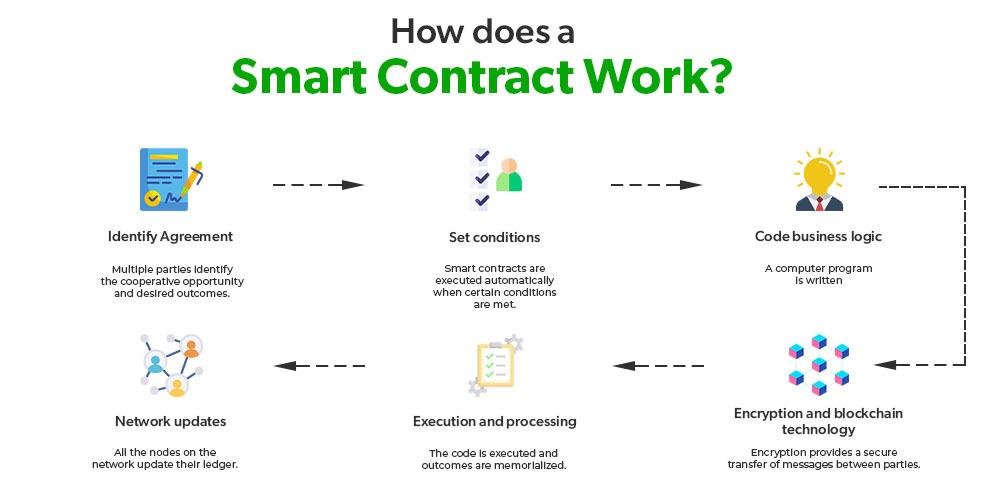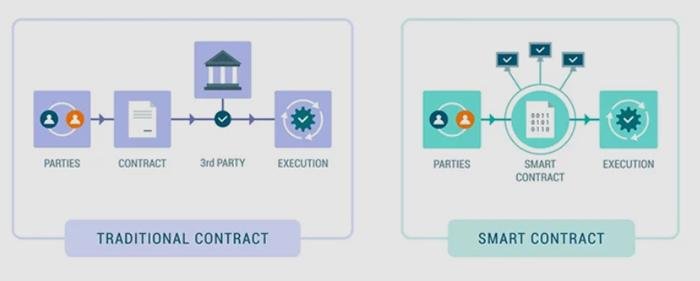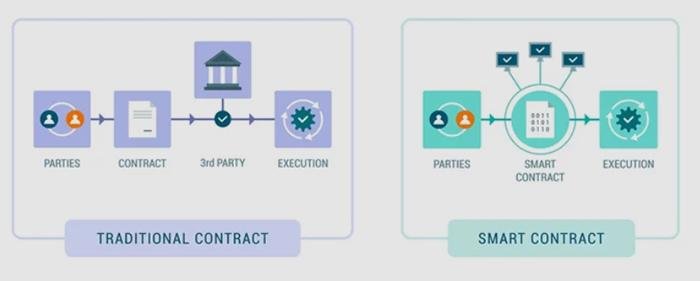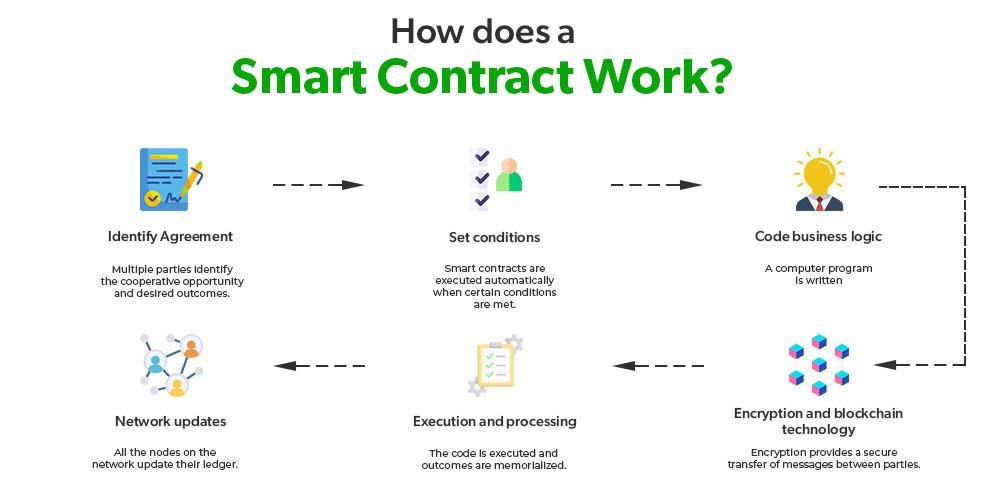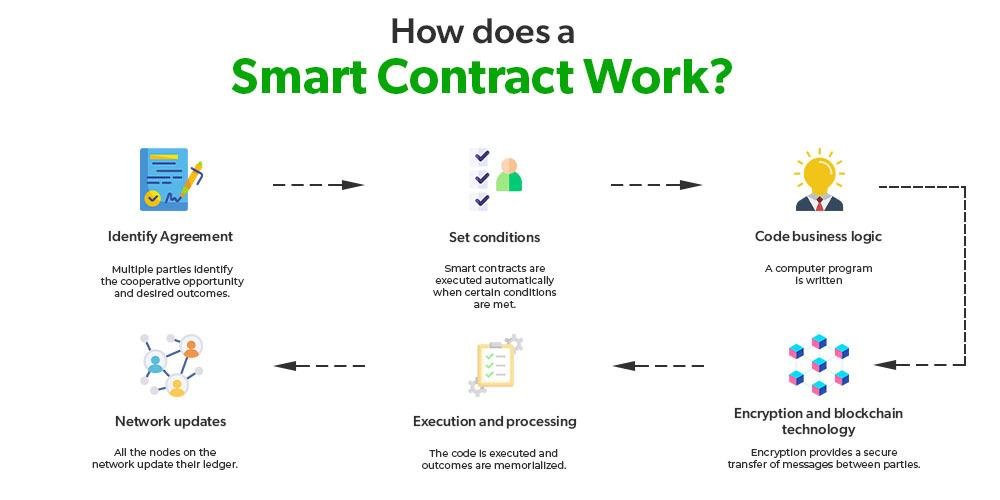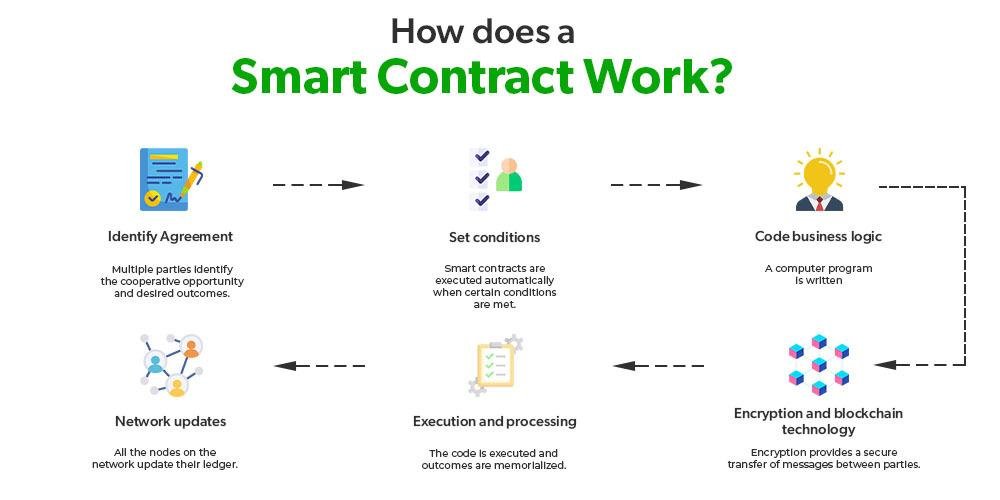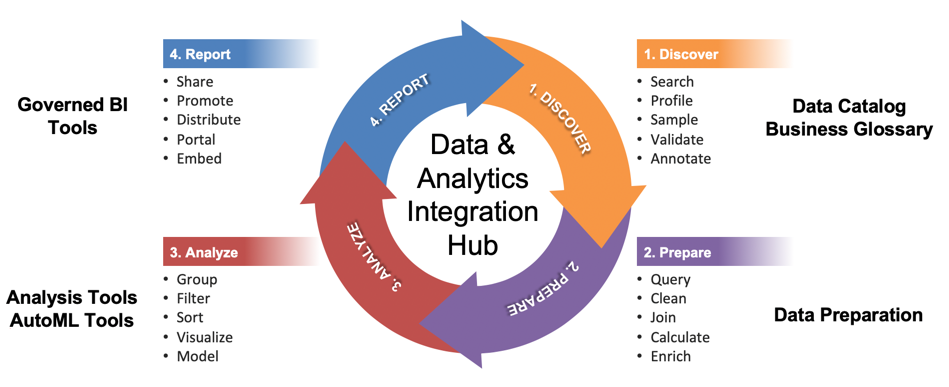E-Discovery Challenges and Emerging Trends

Despite the exponential growth of electronic data, many companies are still unprepared for e-discovery.
The challenges of e-discovery are compounded by the fact that data is often dispersed across different systems and locations, making it difficult to track and retrieve. In this article, we’ll discuss some of the most common e-discovery challenges and explore some of the emerging trends in this field.
E-Discovery Challenges
There are many challenges involved in e-discovery, such as:
1. Lack of preparedness – A majority of companies are not prepared for e-discovery, which can lead to expensive and time-consuming delays.
2. Unmanaged data growth – The volume of data continues to grow at an alarming rate, making it increasingly difficult to manage and search.
What is E-Discovery?
E-discovery, short for electronic discovery, refers to the process of identifying, collecting, and producing electronically stored information (ESI) for legal proceedings. It involves the search and retrieval of relevant data from various sources such as emails, documents, databases, social media, and more.
– Definition and Overview:
E-discovery encompasses the entire lifecycle of electronic data, from its creation to its preservation and ultimately its use as evidence in litigation. It is crucial in modern legal proceedings as digital information continues to dominate our work and personal lives.
– Types of E-Discovery:
There are two main types of e-discovery: “passive” and “active.” Passive e-discovery involves the collection and preservation of data in response to a specific legal request, such as a subpoena. Active e-discovery, on the other hand, proactively seeks out relevant data within an organization to support legal actions or compliance requirements.
💡 key Takeaway: E-discovery is the process of identifying, collecting, and producing electronically stored information for legal proceedings. It involves the search and retrieval of data from various sources, and there are two main types: passive and active e-discovery.
Definition and Overview
E-Discovery, short for electronic discovery, refers to the process of identifying, collecting, and producing electronically stored information (ESI) as part of a legal or regulatory investigation or litigation. It involves searching through various data sources, including emails, documents, databases, social media, and other digital platforms, to find relevant evidence.
To understand the scope of E-Discovery, it’s important to recognize the types of ESI involved. These can include emails, text messages, documents, spreadsheets, audio files, video recordings, social media posts, and more. The vast amount and diversity of electronic data present a unique set of challenges in managing and analyzing this information.
Challenges of E-Discovery
1. Complexity of Data Sources: With the proliferation of digital communication channels, the volume and variety of ESI have skyrocketed. Data can be spread across multiple devices and platforms, making it increasingly difficult to identify, collect, and analyze relevant information.
2. Cost of E-Discovery: E-Discovery can be a costly endeavor, especially when dealing with large datasets and complex legal requirements. The expenses associated with data collection, processing, review, and production can quickly add up, making it crucial to find efficient and cost-effective solutions.
Emerging Trends in E-Discovery
1. Increasing Use of AI and Machine Learning in E-Discovery: Artificial Intelligence (AI) and machine learning technologies are being leveraged to automate and streamline the E-Discovery process. These technologies can assist in identifying relevant documents, categorizing data, and even predicting potential legal case outcomes, saving time and effort for legal professionals.
2. Growing Prevalence of Cloud-Based E-Discovery: Cloud computing has revolutionized the way organizations store and manage data. This trend is also impacting E-Discovery, as more companies are shifting their data infrastructure to the cloud. Cloud-based E-Discovery solutions offer scalability, flexibility, and remote accessibility, enabling organizations to efficiently manage their e-discovery needs.
Benefits of E-Discovery
1. Improved Efficiency and Accuracy: Utilizing advanced technologies and methodologies, E-Discovery allows for faster and more accurate identification and retrieval of relevant information. This streamlines the legal process, reduces manual labor, and ensures that critical evidence is not overlooked.
2. Enhanced Collaboration: E-Discovery brings together legal teams, IT professionals, and other stakeholders to collaborate on the collection and review of ESI. This collaborative approach facilitates better communication, coordination, and knowledge sharing, leading to
Types of E-Discovery
When it comes to e-discovery, there are various types of data that organizations need to consider. Understanding these types is crucial for effective management and retrieval of electronic information. Here are some of the most common types of e-discovery:
1. Email Communication:
Emails are a primary source of electronic information in any organization. From internal communication to client correspondence, emails often play a significant role in legal matters. Proper identification, preservation, and review of email data are imperative to meet e-discovery requirements.
2. Document Management Systems:
Modern organizations heavily rely on document management systems to organize and store digital files. These systems can consist of contracts, reports, invoices, and other business-related documents. E-discovery in this context involves locating and analyzing relevant documents in these systems to support litigation or regulatory matters.
3. Instant Messaging and Chat Applications:
With the rise of real-time communication tools, instant messaging and chat applications have become essential for business communication. These platforms can contain important conversations, discussions, and negotiations that may require e-discovery. Extracting and analyzing relevant data from these applications presents its own unique set of challenges.
4. Social Media:
As social media platforms have become an integral part of modern life, they have also become a source of electronic evidence in legal cases. Social media posts, comments, and messages can be a goldmine of information for e-discovery purposes. Organizations need to be aware of the potential legal significance of such content and how to retrieve and evaluate it effectively.
5. Mobile Devices:
In today’s mobile-first world, e-discovery often involves the examination of data stored on smartphones and tablets. This includes text messages, call logs, photos, and app data. Mobile device e-discovery is particularly challenging due to the wide variety of operating systems, device types, and data storage methods.
💡 key Takeaway: Understanding the various types of e-discovery is crucial for organizations to effectively manage electronic information and meet legal requirements.
Challenges of E-Discovery
Challenges of E-Discovery:
1. Complexity of Data Sources: One of the key challenges in e-discovery is dealing with the complex nature of data sources. With the exponential growth of digital information, organizations are grappling with massive volumes of data stored in various formats and locations. Emails, instant messages, social media posts, documents, and databases are just a few examples of the data sources that need to be considered during the e-discovery process. Managing and organizing this vast amount of data can result in significant complexity and requires advanced tools and techniques.
2. Cost of E-Discovery: E-discovery can be an expensive process, especially when dealing with large-scale litigation or investigations. The costs associated with collection, processing, review, and production of electronic documents can quickly add up. Moreover, the need to hire specialized professionals and invest in robust e-discovery technology further contributes to the financial burden. Organizations need to carefully balance the costs of e-discovery with the potential risks and benefits, making strategic decisions to streamline the process and control expenses.
💡 key Takeaway: E-discovery poses challenges in terms of managing complex data sources and handling the associated costs effectively.
Complexity of Data Sources
In today’s digital age, the complexity of data sources has become a significant challenge in the realm of e-discovery. With the proliferation of electronic devices and communication channels, the volume and variety of data that organizations need to manage and review during legal proceedings have increased exponentially.
1. Variety of Data Formats: Organizations now deal with a wide range of data formats, including emails, documents, spreadsheets, social media posts, instant messages, audio recordings, and video files. Each format brings its own set of challenges in terms of extraction, preservation, and analysis.
2. Distributed Data Storage: Data is stored in various locations, both on-premises and in the cloud. Organizations must navigate complex data architectures, including servers, databases, file systems, cloud platforms, and mobile devices, to collect and examine relevant information. This distributed storage landscape adds further complexity to the e-discovery process.
3. Data Volume and Velocity: The sheer volume and velocity at which data is generated create substantial hurdles during e-discovery. Organizations are required to sift through terabytes or even petabytes of data, often within tight deadlines. The challenge lies in ensuring the timely identification and collection of relevant data while filtering out irrelevant or duplicate information.
4. Legacy and Obsolete Systems: Organizations may still rely on legacy systems or outdated technology platforms, making it difficult to extract and review data from older applications or storage devices. Compatibility issues, data integrity concerns, and the need for specialized expertise can significantly complicate the e-discovery process.
Navigating these complex data sources requires expertise in data management, information technology, and legal compliance. Organizations must adopt advanced e-discovery tools and techniques to streamline the identification, preservation, and analysis of data from diverse sources.
💡 key Takeaway: The growing complexity of data sources presents a substantial challenge in e-discovery, requiring organizations to adopt advanced tools and expertise to effectively manage and review data for legal proceedings.
Cost of E-Discovery
E-Discovery, the process of identifying, collecting, and producing electronically stored information (ESI) for legal purposes, comes with its fair share of challenges. One significant challenge that organizations face is the cost associated with e-discovery.
1. Data Volume: In today’s digital age, the sheer volume of data generated is immense. Sorting through mountains of emails, documents, and other ESI can be time-consuming and expensive. The more data there is to review, the more resources are required, including man-hours and technology tools.
2. Legal Expertise: E-discovery requires specialized legal expertise to navigate complex data privacy laws, regulations, and court rules. Hiring skilled professionals who are knowledgeable in e-discovery can add to the overall cost.
3. Data preservation: Properly preserving relevant data is crucial during the e-discovery process. However, the cost of storing and maintaining data can quickly add up, especially when dealing with large volumes of information. Storage and maintenance solutions must ensure data integrity and compliance with legal requirements.
4. Technology Investments: To conduct e-discovery effectively, organizations often need to invest in powerful software tools and hardware infrastructure capable of handling the data volume involved. These tools can be expensive to acquire and maintain, and also require expert knowledge to utilize effectively.
💡 key Takeaway: The cost of e-discovery can be a significant challenge for organizations due to the massive volume of data, the need for legal expertise, data preservation costs, and technology investments. This section provides a comprehensive overview of the cost-related challenges in e-discovery. It highlights the complex nature of dealing with large volumes of data, the need for legal expertise, and the associated expenses of data preservation and technology investments. By addressing these challenges, organizations can make informed decisions and mitigate the overall cost of e-discovery. The section is tailored to the writing goals by providing valuable insights in a neutral tone to educate the general audience about the cost-related challenges in e-discovery.
Emerging Trends in E-Discovery
As technology continues to advance, the field of e-discovery is constantly evolving to keep up with new challenges and opportunities. Here are some emerging trends that are shaping the future of e-discovery:
1. Increasing Use of AI and Machine Learning in E-Discovery:
In recent years, the use of artificial intelligence (AI) and machine learning (ML) algorithms has gained significant traction in the e-discovery process. These technologies can help streamline the review and analysis of massive amounts of data, reducing manual effort and improving accuracy. AI-powered tools can quickly identify relevant documents, classify data, and detect patterns or anomalies that humans may miss. By leveraging the power of AI and ML, organizations can save time and resources during the e-discovery process.
2. Growing Prevalence of Cloud-Based E-Discovery:
Cloud computing has revolutionized the way data is stored and accessed. Similarly, it is transforming the e-discovery landscape. Cloud-based e-discovery solutions offer scalability, flexibility, and cost-effectiveness. They allow organizations to securely store and access their electronically stored information (ESI) in the cloud, making it easier to collaborate with remote teams and handle large volumes of data. Additionally, cloud-based e-discovery platforms often come with advanced search capabilities, encryption, and data protection features, ensuring compliance with data privacy regulations.
💡 key Takeaway: The emergence of AI and machine learning technologies, along with the increasing prevalence of cloud-based e-discovery solutions, are transforming the way organizations handle e-discovery challenges.
Increasing Use of AI and Machine Learning in E-Discovery
One of the key emerging trends in the field of e-discovery is the increasing use of artificial intelligence (AI) and machine learning technologies. These technologies are revolutionizing the way legal professionals handle large volumes of electronically stored information (ESI) during the discovery process.
1. Predictive Analytics: AI-powered predictive analytics tools can analyze patterns and trends within ESI to identify relevant documents and predict their potential usefulness in litigation. This significantly reduces the time and effort required for manual review, enabling legal teams to focus on more strategic tasks.
2. Technology-Assisted Review (TAR): TAR, also known as predictive coding, uses machine learning algorithms to categorize and prioritize documents based on their relevance to a particular case. By training the algorithms on human-reviewed documents, TAR systems can continuously improve their accuracy and efficiency over time.
3. Concept Clustering and Visualization: AI-powered software can cluster similar documents and visually represent their relationships, enabling legal professionals to quickly identify key themes and connections. This technology helps streamline the document review process, making it easier to identify relevant evidence and build strong legal arguments.
4. Data Extraction and Analysis: AI can assist in extracting relevant data from unstructured ESI, such as emails, chats, and social media content. By automatically categorizing and analyzing this information, legal teams can uncover valuable insights and identify important evidence more efficiently.
Incorporating AI and machine learning technologies in e-discovery processes not only improves the efficiency and accuracy of document review, but it also helps in reducing costs associated with manual review and increasing the overall productivity of legal teams.
💡 key Takeaway: The increasing use of AI and machine learning in e-discovery is revolutionizing the way legal professionals handle electronically stored information. From predictive analytics to concept clustering, these technologies improve efficiency, accuracy, and cost-effectiveness in the discovery process.
Growing Prevalence of Cloud-Based e-Discovery
Cloud-based e-discovery has become increasingly prevalent in recent years, offering significant benefits and added flexibility for organizations involved in the discovery process. This approach involves the use of cloud computing services to store, manage, and analyze electronic data in legal proceedings.
1. Cost Efficiency:
One major advantage of cloud-based e-discovery is its cost efficiency. By utilizing cloud storage and computing resources, organizations can reduce the need for on-premises infrastructure and the associated hardware and maintenance costs. Cloud-based solutions also offer scalability, allowing businesses to pay for only the resources they need, which can be particularly useful in cases with fluctuating data volumes or deadlines.
2. Flexibility:
Cloud-based e-discovery solutions provide increased flexibility, allowing legal teams to access and review data from anywhere and at any time, as long as they have an internet connection. This feature is especially beneficial for organizations with geographically dispersed teams or those working collaboratively with external parties, as it enables efficient remote access and collaboration, streamlining the e-discovery process.
3. Enhanced Security:
Cloud service providers often invest heavily in stringent security measures to protect data stored on their platforms. This includes encryption, access controls, and regular data backups. Moreover, cloud-based e-discovery platforms usually offer comprehensive audit trails and robust data management features, ensuring data integrity and maintaining a defensible chain of custody.
4. Advanced Analytics and Machine Learning:
Cloud-based e-discovery solutions are increasingly integrating advanced analytics and machine learning capabilities. These technologies can significantly expedite the review process by automatically categorizing and prioritizing documents based on relevance and importance. Machine learning algorithms can also identify patterns and trends in large data sets, enabling more accurate predictions and facilitating better strategic decision-making during the e-discovery process.
💡 key Takeaway: Cloud-based e-discovery is gaining traction due to its cost efficiency, flexibility, enhanced security, and advanced analytics capabilities. Organizations can leverage cloud-based solutions to streamline the e-discovery process and improve overall efficiency and accuracy.
Benefits of E-Discovery
E-discovery, or electronic discovery, offers several benefits that can greatly assist organizations in their legal and compliance efforts. In this section, we will explore some of the key advantages of implementing e-discovery solutions.
1. Improved Efficiency and Accuracy
E-discovery tools utilize advanced search algorithms and machine learning techniques to quickly sift through vast amounts of data and identify relevant information. By automating the process, e-discovery significantly reduces the time and effort required to locate and review documents. This not only saves valuable resources but also enhances the accuracy of the results, minimizing the risk of overlooking critical information.
2. Enhanced Collaboration
E-discovery platforms enable seamless collaboration among legal teams, internal stakeholders, and external partners. With secure access controls and centralized repositories, everyone involved can easily contribute, review, and manage documents throughout the e-discovery process. This collaborative approach fosters better communication, streamlines workflows, and ensures consistency in legal strategies, ultimately leading to more robust and defensible outcomes.
💡 key Takeaway: E-discovery brings improved efficiency, accuracy, and collaboration to the legal and compliance process.
Improved Efficiency and Accuracy
Efficiency and accuracy are two key benefits of utilizing e-discovery in modern legal practices. By leveraging advanced technology and data analytics, e-discovery tools help streamline the process of identifying, collecting, and reviewing electronic evidence, resulting in significant time and cost savings for legal teams.
1. Advanced Search and Filters:
E-discovery platforms offer robust search capabilities, allowing legal professionals to quickly and efficiently locate relevant documents and data. Advanced search algorithms and filters enable users to narrow down results based on specific criteria, such as keywords, file types, dates, or custodians. This targeted approach reduces the time and effort traditionally required for manual document review.
2. Predictive Coding and Machine Learning:
The use of predictive coding and machine learning algorithms helps enhance the accuracy of e-discovery processes. These technologies learn from human reviewers’ decisions and can intelligently predict the relevancy of documents, making the review process faster and more precise. By leveraging these technologies, legal teams can prioritize their review efforts and focus on the most critical pieces of evidence.
3. Data Analytics and Visualization:
E-discovery platforms often include powerful data analytics and visualization tools that enable legal professionals to gain deeper insights from large volumes of data. Through interactive dashboards and visual representations, lawyers can identify patterns, trends, and relationships within the electronic evidence. This enables them to make more informed decisions and develop stronger legal strategies.
4. Collaboration and Workflow Management:
E-discovery tools facilitate seamless collaboration among legal teams, allowing multiple stakeholders to access and work on the same case simultaneously. These platforms provide centralized document repositories, document tagging features, and real-time collaboration capabilities, ensuring that everyone is working with the most up-to-date information. This collaborative approach promotes efficiency, reduces duplication of efforts, and enables better coordination among team members.
💡 key Takeaway: Improved efficiency and accuracy are significant benefits of utilizing e-discovery in legal practices. Advanced search and filtering options, predictive coding and machine learning algorithms, data analytics, and collaboration tools all contribute to streamlining the process, saving time and costs while enhancing the accuracy of document review.
Enhanced Collaboration
Effective collaboration is a critical aspect of any e-discovery process. It allows various stakeholders, including legal teams, IT departments, and third-party vendors, to work together seamlessly and efficiently. Here are some key points to consider when it comes to enhanced collaboration in e-discovery:
1. Centralized Document Management Systems:
Implementing a centralized document management system can streamline collaboration by providing a single platform for all parties involved in the e-discovery process. This eliminates the need for multiple email exchanges and ensures that everyone is working with the most up-to-date versions of documents.
2. Real-time Access and Updates:
Cloud-based solutions enable real-time access to e-discovery documents, allowing teams to collaborate seamlessly regardless of their physical location. This ensures that all stakeholders, regardless of their time zone or work schedule, have immediate access to the latest information.
3. Collaboration Tools:
Utilizing collaboration tools such as shared calendars, task management systems, and discussion boards can help teams stay organized and communicate effectively. These tools allow for clear assignment of responsibilities, progress tracking, and easy communication, reducing the chances of miscommunication and facilitating collaboration.
4. Legal Hold Management:
A robust legal hold management system ensures that the relevant data is preserved and protected during the e-discovery process. By integrating legal hold management with collaboration tools, teams can effectively communicate and enforce legal holds, reducing the risk of data loss or spoliation.
“Effective collaboration is the key to successful e-discovery. By implementing centralized document management systems, utilizing collaboration tools, and integrating legal hold management, teams can work together seamlessly and efficiently.”
💡 key Takeaway: Enhanced collaboration in e-discovery is crucial for successful outcomes. By implementing centralized document management systems, utilizing collaboration tools, and integrating legal hold management, teams can work together seamlessly and efficiently, ensuring a smooth and productive e-discovery process that meets all legal and regulatory requirements.
Conclusion
Conclusion E-discovery has become an essential part of litigation and business process management. It helps companies uncover information that is relevant to their case or process, and avoids the cost, time and inconvenience of having to search for and collect relevant information manually. There are a number of e-discovery challenges that businesses face, and it is important to stay up to date with emerging trends to ensure that you are able to efficiently and effectively manage your e-discovery process. Some of the most common e-discovery challenges include: data fragmentation, data loss, data mismanagement, data inaccuracies and data bias. By understanding the challenges and trends associated with e-discovery, you can create a plan to overcome them and optimize your e-discovery process for success.
















































































































































































































































































































